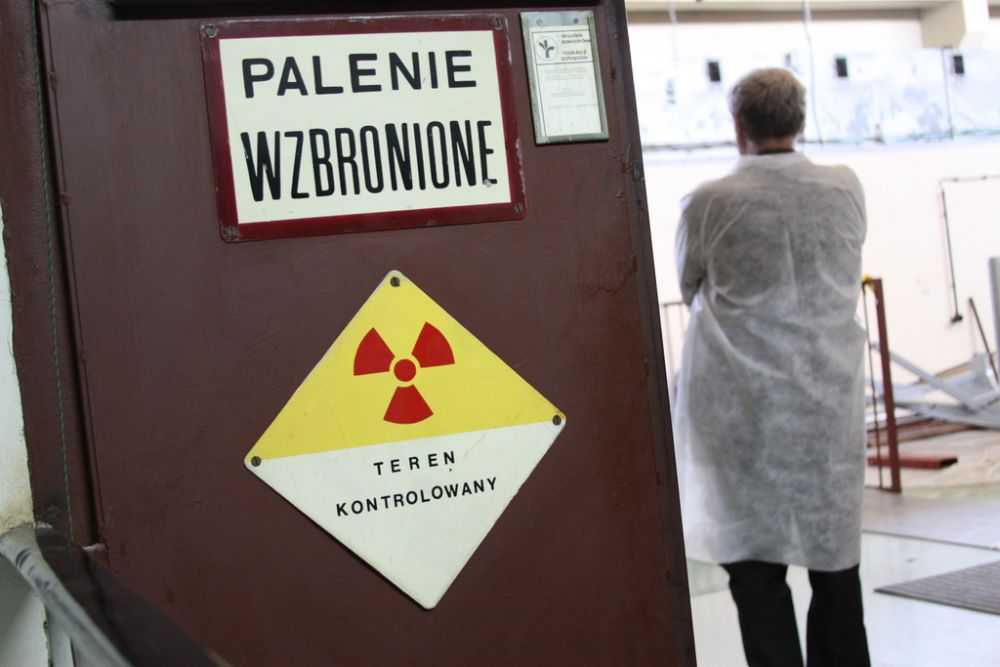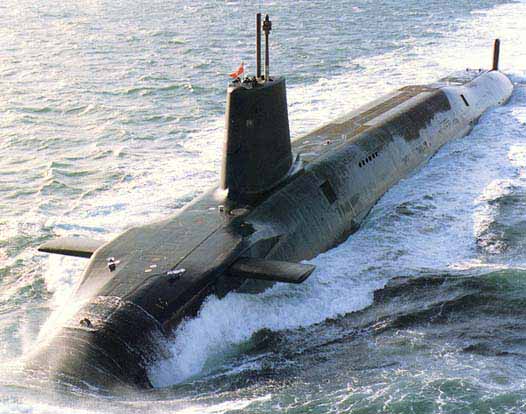GOVERNMENT OF KAZAKHSTAN AND NTI MARK SUCCESS OF HEU BLEND-DOWN PROJECT; MATERIAL COULD HAVE BEEN USED TO MAKE UP TO TWO DOZEN NUCLEAR BOMBS
UST-KAMENOGORSK, KAZAKHSTAN – Kazakhstan President Nursultan Nazarbayev and Nuclear Threat Initiative (NTI) Co-Chairmen Ted Turner and former Senator Sam Nunn announced today the success of a joint NTI-Kazatomprom project to permanently eliminate nuclear fuel containing 2,900 kilograms of highly enriched uranium (HEU). This material, if it had fallen into the wrong hands, could have been used to make up to two dozen nuclear bombs. Instead, the material is being blended down to safe, non-weapons usable forms of uranium for use in commercial and scientific activities.
“Kazakhstan was among the first nations in history to voluntarily disarm its nuclear arsenal,” said President Nazarbayev. “It’s important that we do everything possible to secure and eliminate bomb-making materials so terrorists cannot use them to build a nuclear weapon. All of us in Kazakhstan are proud of what we have done with NTI to advance that goal. Kazakhstan is determined to continue bringing strong contributions to global disarmament and nonproliferation, and we are calling on all nations to follow our example.”
The project to permanently remove and eliminate 2,900 kilograms of uranium fuel, enriched up to 26 percent, from the BN-350 fast breeder power reactor site in Aktau, Kazakhstan began in 2001 with discussions among NTI, nuclear industry leaders, and the governments of Kazakhstan and the United States.
This project was carried out in coordination with the Ministry of Energy and Mineral Resources of Kazakhstan, U.S. Department of Energy (DOE) and the International Atomic Energy Agency (IAEA). DOE is supporting Kazakhstan in decommissioning the BN-350 reactor, which required elimination of all fissile material from the reactor site.
The project involved several steps: Nuclear workers in Aktau loaded onto rail cars fresh HEU fuel assemblies designed, but never used, for the BN-350 reactor. The fuel assemblies were transported to the Ulba Metallurgical Plant (UMP) in Ust-Kamenogorsk, where security upgrades had been installed to permit HEU storage. A blend-down line and additional security upgrades to allow HEU processing were designed, licensed and installed at UMP to carry out the operations. Costs of the project, approximately $2 million, were shared equally between NTI and Kazatomprom. The IAEA applied safeguards during transport, commissioning, and downblending.
The facilities constructed at the Ulba plant to blend down the BN-350 HEU fuel will remain operational and could be used in the future to eliminate other weapons-usable uranium.
“We face a lot of dangers in the world,” said NTI Co-Chairman Ted Turner. “But there’s one danger that could change the world forever tomorrow – that’s an attack with nuclear weapons. I’m proud of NTI’s work with Kazakhstan to keep these materials out of terrorist hands. This is the kind of action-oriented project we founded NTI to carry out.”
“NTI is honored to have participated with Kazakhstan in permanently removing a potential proliferation risk,” said NTI Co-Chairman Sam Nunn. “Kazakhstan, with President Nazarbayev’s leadership, has been one of the world’s leading nations in fighting the dangers of nuclear proliferation. In 1994, Kazakhstan gave up nuclear weapons left on its soil at the breakup of the Soviet Union – more than the nuclear arsenals of China, France and the United Kingdom combined. Kazakhstan later partnered with the United States in Project Sapphire, a joint effort to secure and blend down 600 kilograms of weapons-grade uranium. The NTIKazatomprom project deepens Kazakhstan’s worldwide reputation as a global security leader for the 21st century.”
“This project is, to say the least, an extraordinary event in the global nonproliferation process,” commented Minister of Energy and Mineral Resources of Kazakhstan Vladimir Shkolnik. “We are committed to doing further steps to strengthen peace on earth.”
“Today we have witnessed the successful completion of an unprecedented international project at the Ulba plant, which has made a great contribution to strengthening global security,” said Kazakhstan Ambassador to the United States Kanat Saudabayev. “This project is a testament to the great human, scientific and technical potential in Kazakhstan, our continued commitment to principles of nonproliferation and the highest level of mutual trust between our countries."
“Throughout the project, the IAEA has been implementing safeguards coverage, with no difficulties experienced,” said Mohamed El-Baradei, Director General of the International Atomic Energy Agency. “It is noteworthy, in my view, that this project demonstrates the feasibility of developing complex engineering and organizational solutions for converting HEU into commercially valuable material that is not directly usable in nuclear weapons. As such, the NTI–Kazakhstan effort could well serve as a model for future projects in other countries.”
The Nuclear Threat Initiative (NTI) is a non-profit organization working to reduce the global threats from nuclear, biological and chemical weapons. Governed by an international Board of Directors with members from ten countries, NTI is working to reduce the spread and risk of use of weapons of mass destruction around the globe.
###




